Creating a collaborative platform and a seamlessly integrated workflow – Alastair Simpson, Vice President of Design at Dropbox
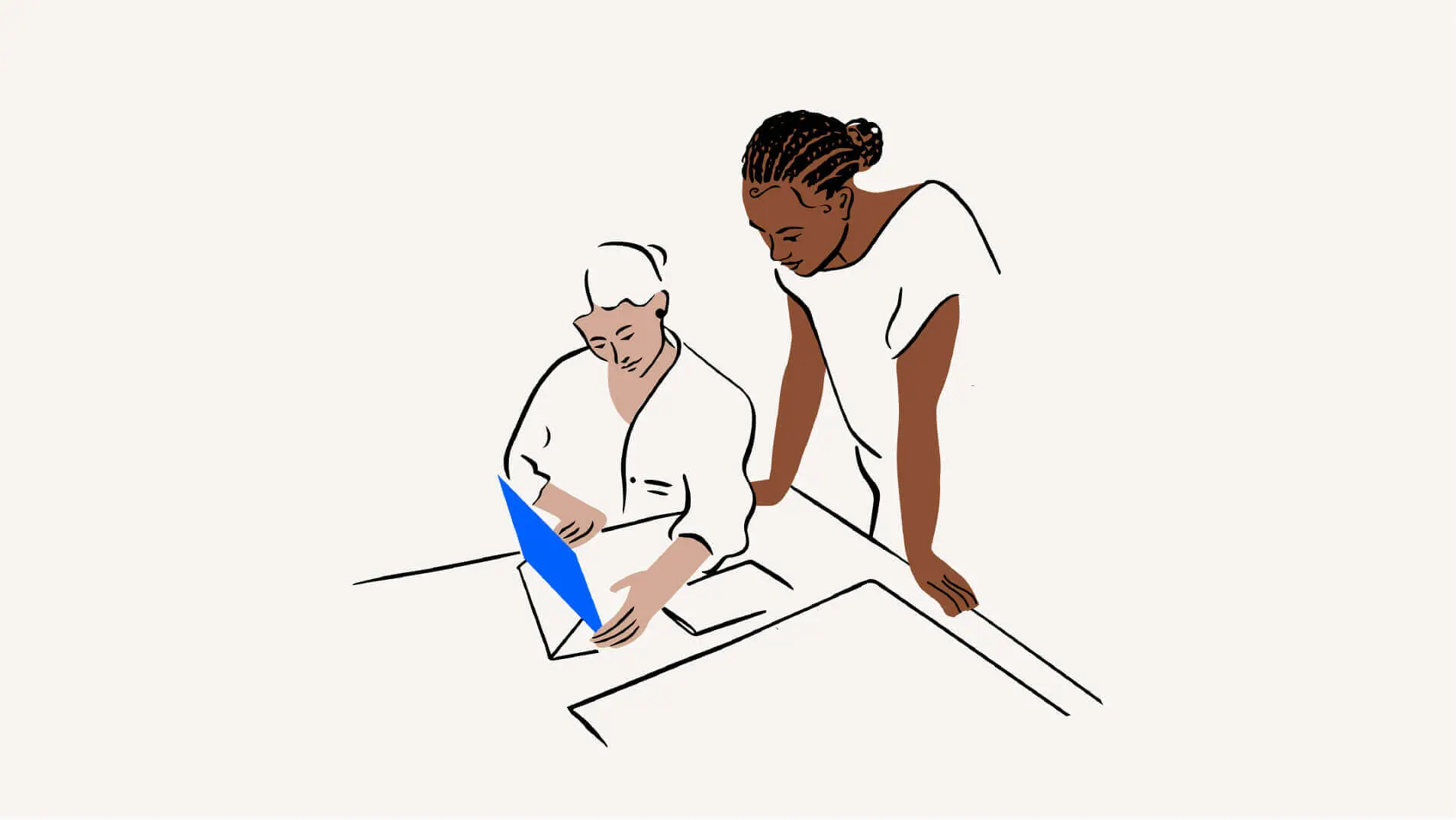
As VP of Design at Dropbox, Alastair Simpson is connecting all the dots to build a seamlessly integrated platform, collaborative platform that adapts to every modern worker’s need.
With the current pandemic and world situation, the future of workspaces is a blurry mix of work, life, home, pajamas, and virtual tools. As time passes and we move forward adjusting to our new working style, we are realizing that the blurring of work and home lives might not be just a temporary side effect of the pandemic and that working remotely might be here to stay. In order to work remotely in a seamless manner, effective and well-designed platforms and virtual tools are needed, and among the many available there is one that stands out the most and has been one of the pioneers of working in ‘the cloud’, Dropbox.
Released in 2008, Dropbox is a file hosting service where your company’s content comes together. By offering a variety of services for your data, Dropbox allows you to upload a wide array of file types, send them, store them, and conveniently access them any place, any time. Dropbox’s advanced software ensures your data is secured, and its many services allow you to even host a group project and team collaborations in the same platform, making Dropbox the best option for your workflow.
Behind all the incredibly designed features Dropbox has to offer, there is a talented design team led by the Vice President of Design, Alastair Simpson. Continually innovating, designing, and creating a more intuitive workspace, Alastair focuses on connecting all the dots and transforming Dropbox into the seamlessly integrated platform it is while building a collaborative tool that adapts to different needs.
Curious to know more about this virtual workspace, DesignWanted interviewed Alastair Simpson and found out more about Dropbox, its tools, and what is the future of the cloud products and platforms.
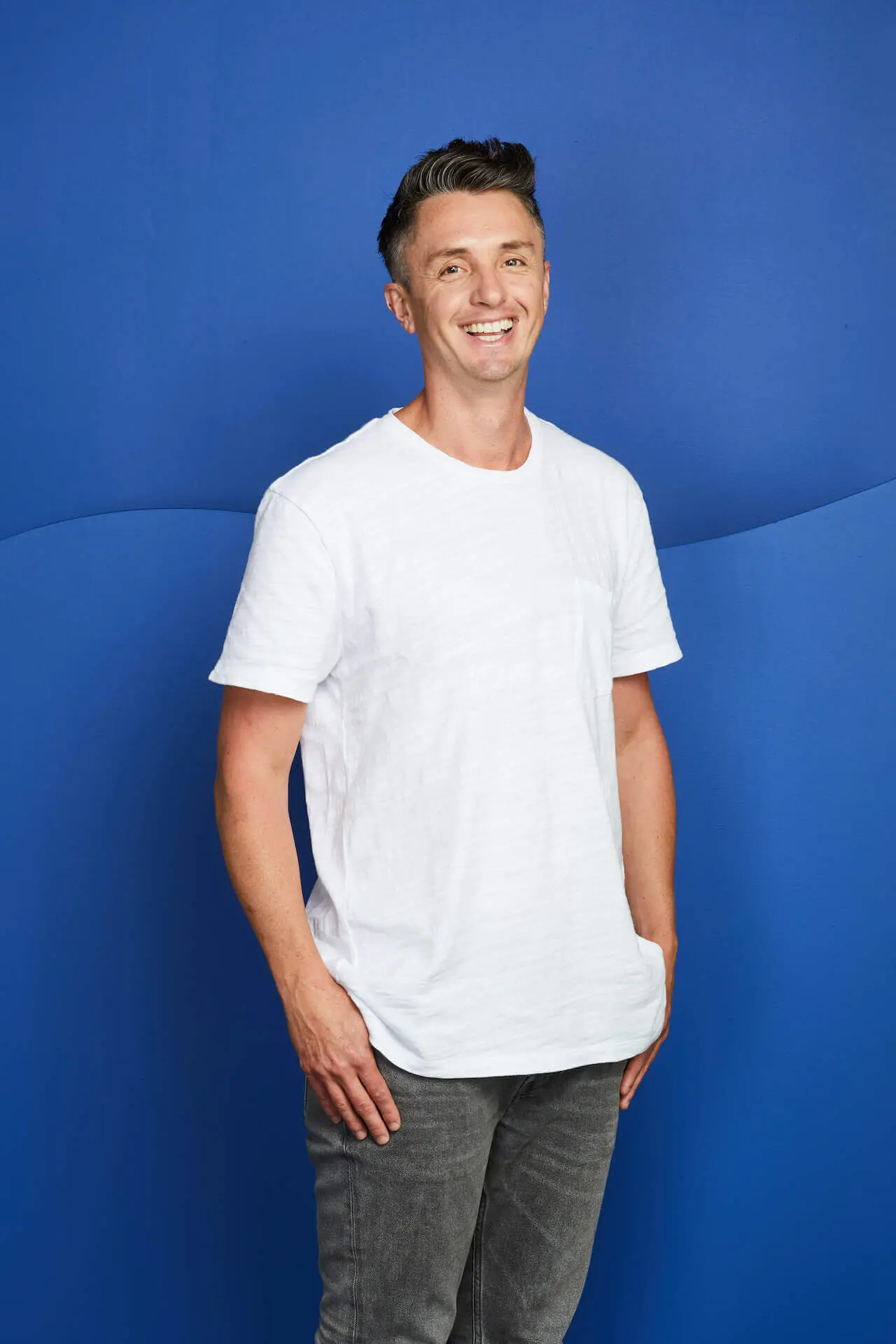
Who is Alastair Simpson? How did your journey in Dropbox begin?
Alastair Simpson: “I’ll talk about where I started. It’s not a linear journey. I actually wanted to play professional soccer and was at a professional club until I was 16. But I then got let go and ended up taking a path to university. But I didn’t study design in university, I studied business and sports science. At the end of my degree, I applied to graduate jobs in London and got turned down. I didn’t even make any final interviews! I was bummed and didn’t know what to do. My best mate was going to travel around South America — never having left London — and he invited me to join him.
I ended up traveling (many places in South, Central America. Australia, NZ, Asia) for a year. It opened my eyes to different cultures and communities. I had only had exposure to England. Instead of going back to London and getting real jobs, we went back to Sydney to work in a call center. I always cite that call center experience as having a big impact on my career. For a couple of reasons, saying yes to an opportunity I may have normally turned down. And because I learned the value of communication as a skill. Actively listening and responding to people who call into the call center is difficult. People were often disgruntled or upset. Trying to communicate clearly and get them to a good place was hard.
I have a belief that design is 90% communication, the remaining 10% is actual design work. In a call center, you get to know communication skills quickly. A name flashes on the screen and people are upset and you have to be able to communicate with them. I also had to do outbound and sell products to strangers. The skills I gained included:
- Actively listening
- Asking question to uncover needs
- Understanding problems before building
So I like to say that I started my design career in a call center. I later found my way to becoming a designer and I convinced a founder to hire me. I built a usability testing lab. I did visual, interactive… the works. I then went traveling again and later worked at an agency. For a bit, I did my own thing. I did a startup and failed. I burnt myself out at that job. I suffered from depression because I was working too long. I didn’t understand how to manage myself.
I found my way to Atlasssian and almost turned the job down, but took it. Best opportunity. Saying “yes” to a company not known for design was an incredible opportunity. I helped build the design team up at Atlassian over the course of six years before joining Dropbox where I now lead a talented team of brand, design, UX writing, ops, and research folks.”
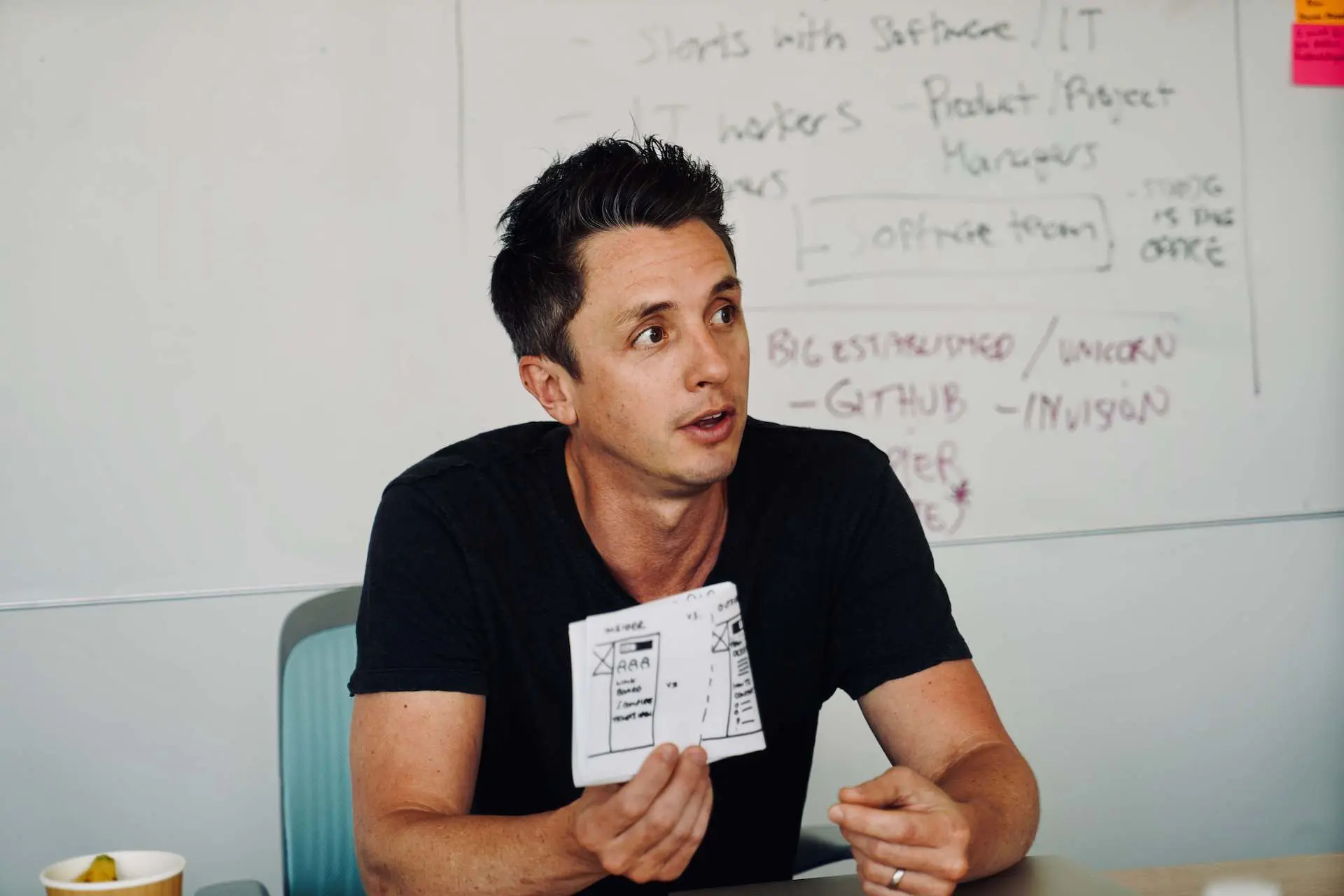
About Dropbox, could you tell us more about its main aim as a productivity platform and what vision do you pursue as its Vice President of Design?
Alastair Simpson: “Dropbox is building a smart workspace, helping to centralise individuals and a team’s content (No matter if that’s files, google sheets, screenshots, passwords, paper documents, or more…) into a single easy to manage place. This aligns with our company’s mission to design an enlightened way of working, which is a really ambitious problem to solve.
If we get it right, we can reduce pain in daily work and help people focus more on their purpose and meaningful work. To solve big problems like these, it’s my job as a design leader to shape the environment that enables innovation and meaningful work to happen. I have to ensure that my people and practices are aligned with our goals.
This means caring about HOW we build products not just what products we build. This is why we share toolkits like Creative Conversations and the Tema Values Toolkit on our blog dropbox.design. These help teams build trust and psychological safety. I have to make sure we’re working from real customer needs to build the right products.
Ultimately, I have to advocate for real change at the top to ensure we build the right things with real impact and that we do it ethically, with integrity. That’s the real challenge ahead of us.”
Curious to know more about tools to improve your workflow? Don’t miss “If an idea doesn’t move, it will die” – Interview with KJ Chun, Head of Product for Paste by WeTransfer.

Dropbox is one of the companies that pioneered working in “the cloud”. Having joined the company when the pandemic was just beginning, what have been some of the set of frameworks and practices you have used in your workflow as a leader?
Alastair Simpson: “Starting any new job is hard and stressful, but I will admit that it has been especially difficult during these last 5 months given the COVID pandemic and subsequent lockdowns. The world is going through a massive period of change. We have probably seen 10 years of change in how we work in just a few months.
At any stressful or intense time, I think it is important to lean even more deliberately into your own set of frameworks and practices to help guide you through these moments. That is what I have been doing—going back to a framework focused on the biggest levers I have as a leader:
- People – You’ve got to set yourself up for success so that you can help your team do their best work (immediate team and cross-functional partners as well). It’s important to pay attention to the human aspect of work and invest in the people surrounding you. Get to know them not just as employees but as human beings, This contributes to building trust, connections, and psychological safety with your team-mates.
- Practices – I’m a firm believer in practices vs. process. Practices are guardrails and frameworks that you give to high-performing teams in order to help them achieve great outcomes. Process, on the other hand, is prescriptive and can add unnecessary friction for high-performing teams.
So in my first 90 days, I wanted to seek to understand the set of practices that the team used in order to build products. I don’t want to make immediate changes without understanding context, and so this is incredibly important to understand how the team operates. - Products – The last thing I look at is products. This might seem counterintuitive, but I believe that the biggest levers I have for influencing the product experience are people and practices, which is why I invest more time in these areas upfront. As I start looking at a product, I will focus on a set of core end-to-end journeys that I think (ideally backed by data and research) customers experience most frequently within our products.
I want to see how intuitive these journeys are. I want to then understand whether we have teams aligned to deliver value and delight to the customer. Once you know this, you can then develop informed opinions on how your teams are organized to solve for these key customer moments.
I focus on these aspects in that order. I firmly believe that if you get the first two right, your team will build amazing products. If you’d like more about the framework I’ve actually written a blog post about it here.”
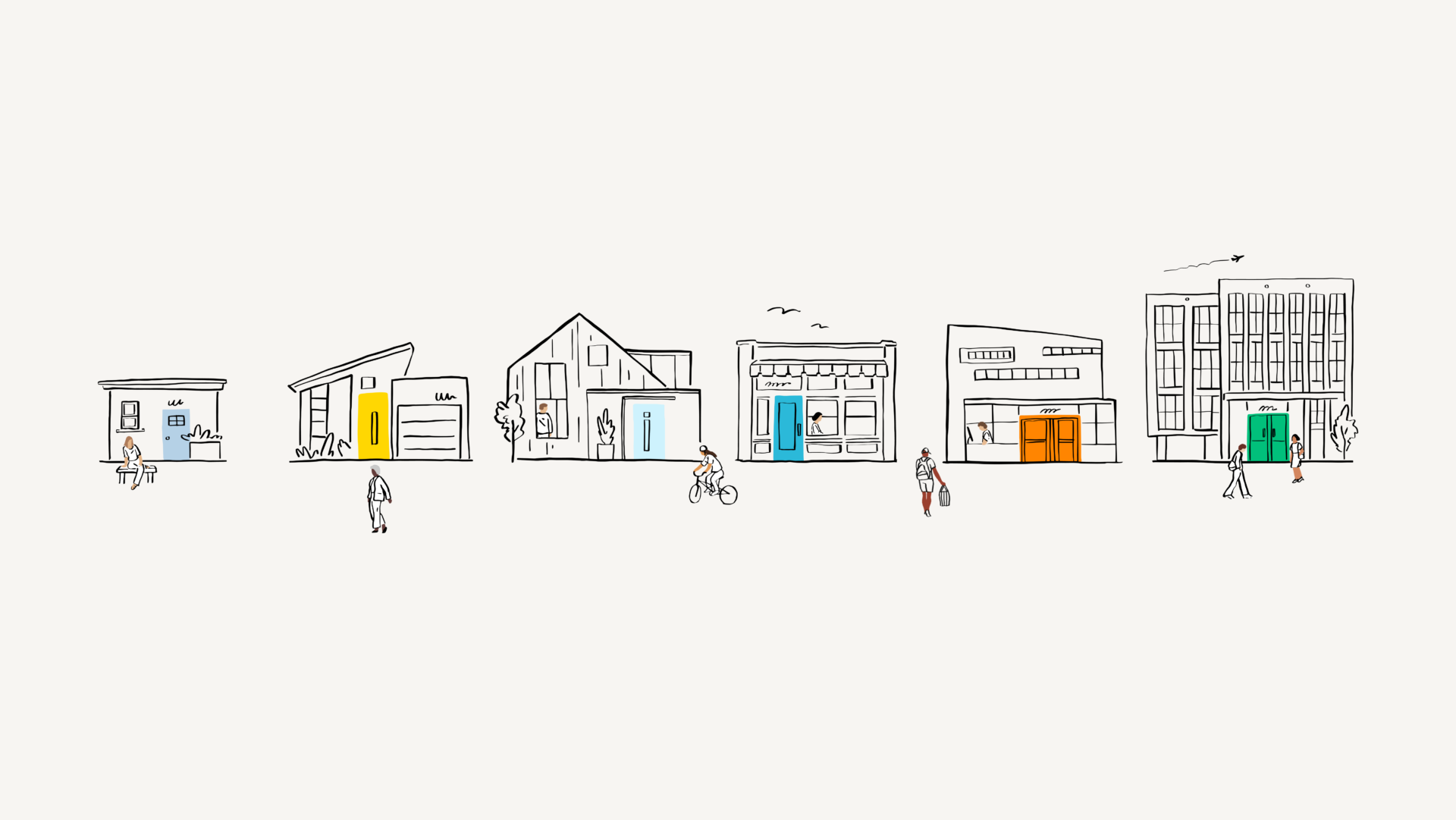
Having its biggest redesign in 12 years, Dropbox connects all the dots by seamlessly integrating tools already used in the workplace. Could you tell us more about how Dropbox is facilitating people’s workflow?
Alastair Simpson: “People today expect to use a range of best of breed technologies versus being locked into a single ecosystem. Dropbox is well-positioned to connect all of these technologies — serving as the connective platform for all of today’s leading productivity tools and devices.
We want to eliminate the context switching and interruptions that result from endlessly toggling between different tools, browser tabs, and apps. We’re doing this by pulling all of those disparate tools together and giving users one central place through which they can do all of their work.”
From your personal experience on remote working, which are some Dropbox tools or features that you would recommend for people to improve their real-time collaboration and productivity with their team?
Alastair Simpson: “I think number one, it’s about being a human and trying to make work human. If the pandemic has taught us anything, its that we are all individuals and humans before we are employees. The best gifts you can give your team are clarity, empowerment, and purpose. These are important factors at all times, but they become more evident as we work from home.
Clarity comes when your teams are aligned on what they are there to do and how they will work to achieve it. Empowerment comes from instilling strong practices around how you work. You have to give smart people guardrails, not checklists if you want them to do their best work.
Finally, purpose is the biggest motivator you can offer. Help people see their roles in driving change and the real-world impact they can have. If you get these right, collaboration and productivity will be second nature.”
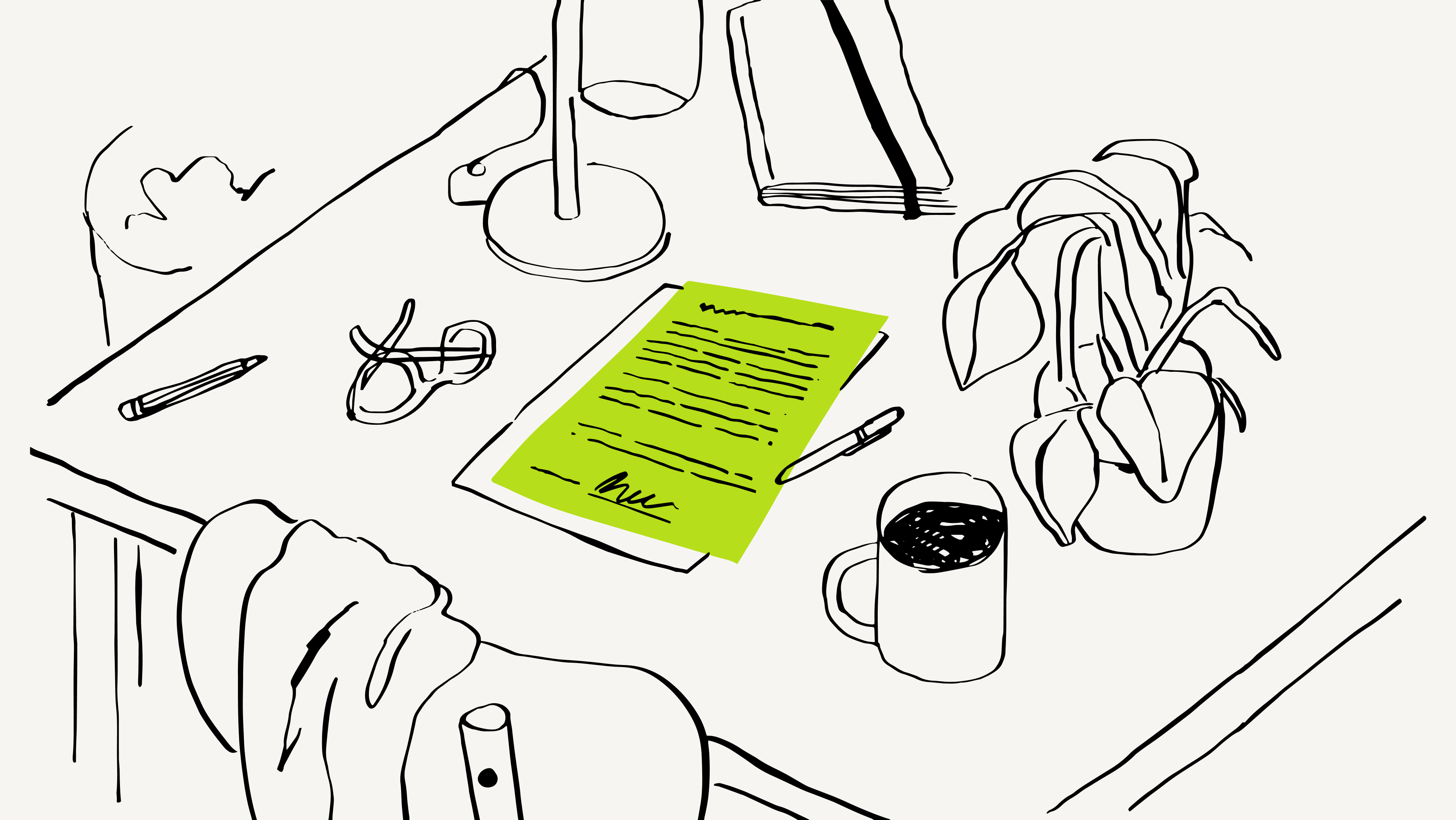
With a deep experience building and scaling global teams and working cross-functionally to solve complex business and interaction design challenges. What are the main trends & future directions within cloud products and platforms and what do you think of them?
Alastair Simpson: “We have to build products and services that help people live better lives. That means that we have to reduce noise, increase purpose, and give people time back. No one likes the hundreds of notifications they get in the day.
Everyone has zoom fatigue right now. If we are going to build products that last, they have to make life better for people. The technology has to disappear and become a platform that enables people to do meaningful work.
At Dropbox, we’re looking at ways to reduce context switching for people. We integrate with some of the world’s best work tools so that you don’t have to leave your file to take a simple action.
You now can store your passwords safely with Dropbox so that you don’t have to maintain another plugin. These are simple examples of reducing noise in daily life.”
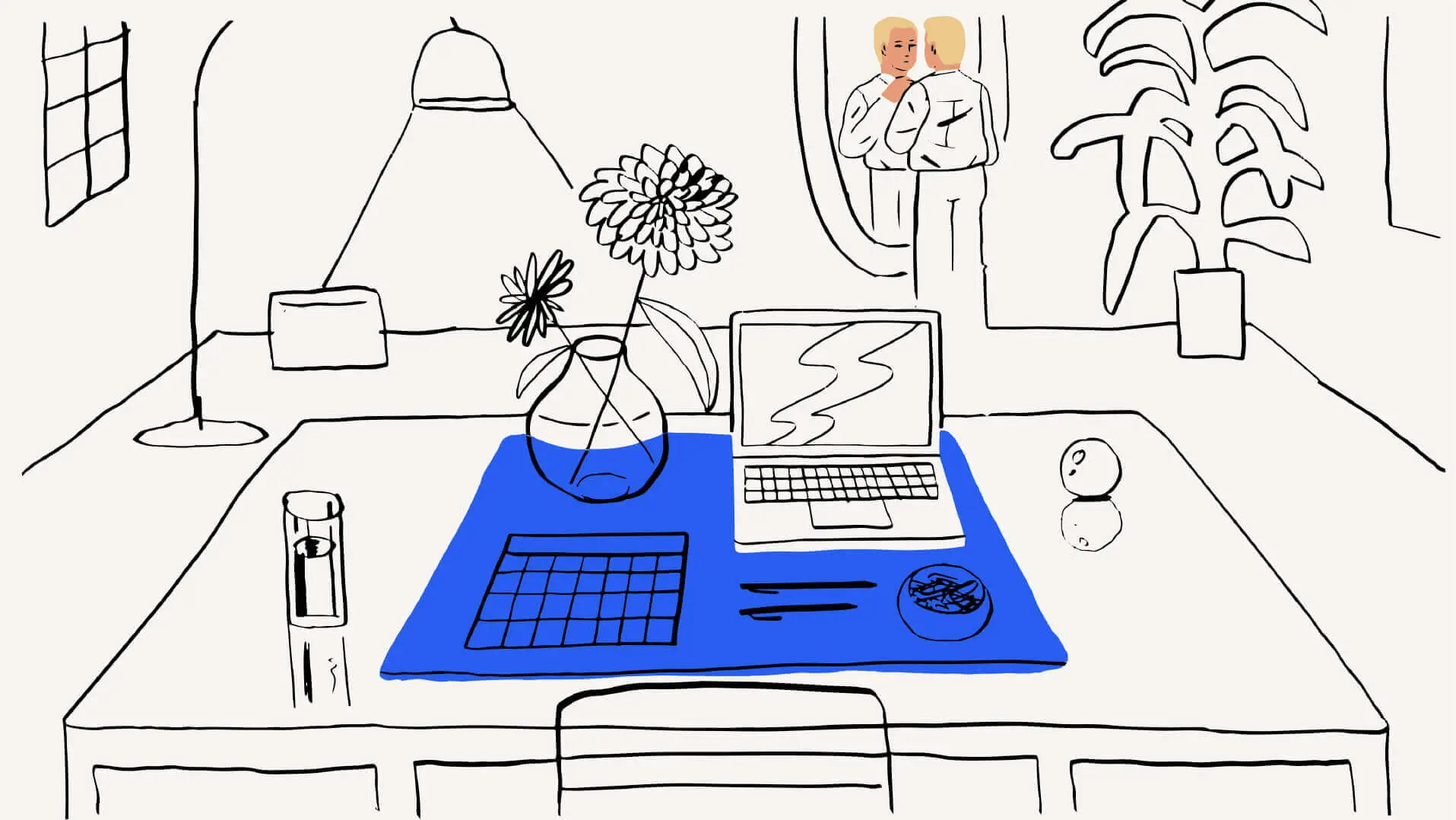
Constantly releasing new features and updates like Dropbox Vault, Passwords and eSignature. What is the next step for Dropbox?
Alastair Simpson: “Dropbox has for well over a decade been an incredibly trusted partner for over 600 million registered users for storing their most important files. Vault and Passwords simply extend past the traditional file and into other types of content (like documents like Passports and Passwords) that users need to store and access securely at any time.
I love that Dropbox is branching out past the file in this way and adding real value to our customers lives in an area that is a huge need for so many people.
Dropbox is really well-positioned to help shepherd in this new era of remote work. We’re focused on helping people keep work moving in a seamless way, no matter where they are.
A big part of that is enabling asynchronous work with our Smart Workspace, integrating eSignature more closely throughout the product, and reimagining how we can deliver the best experience for those of us that are working from home.
At a high level, we’re committed to removing the frustrations of constantly switching between different apps by expanding out from file sync and share and bringing users into an experience where what they need is right where they need it when they need it. We’re designing an enlightened way of working.”
Want to improve your productivity? Don’t miss Functional music that gets you focused in 15 minutes – Interview with Brain.fm.

